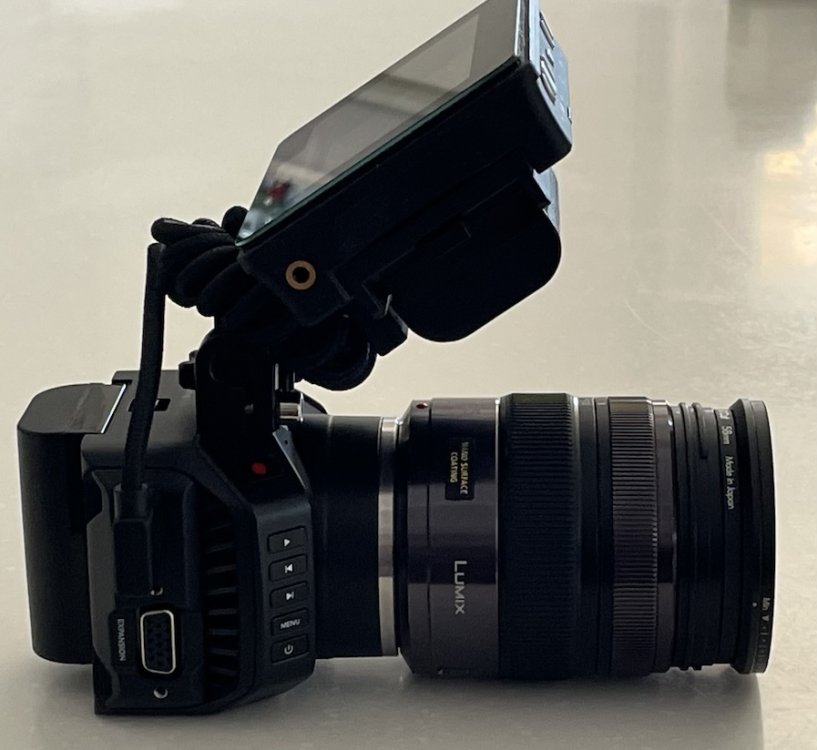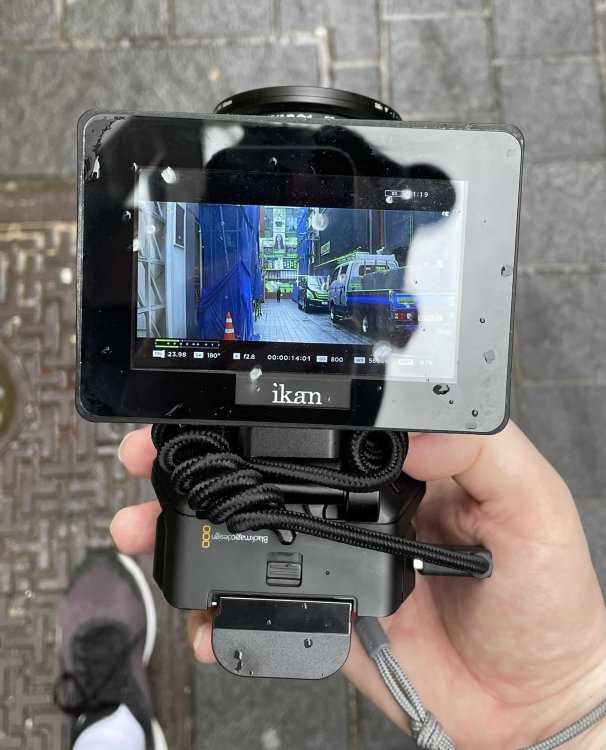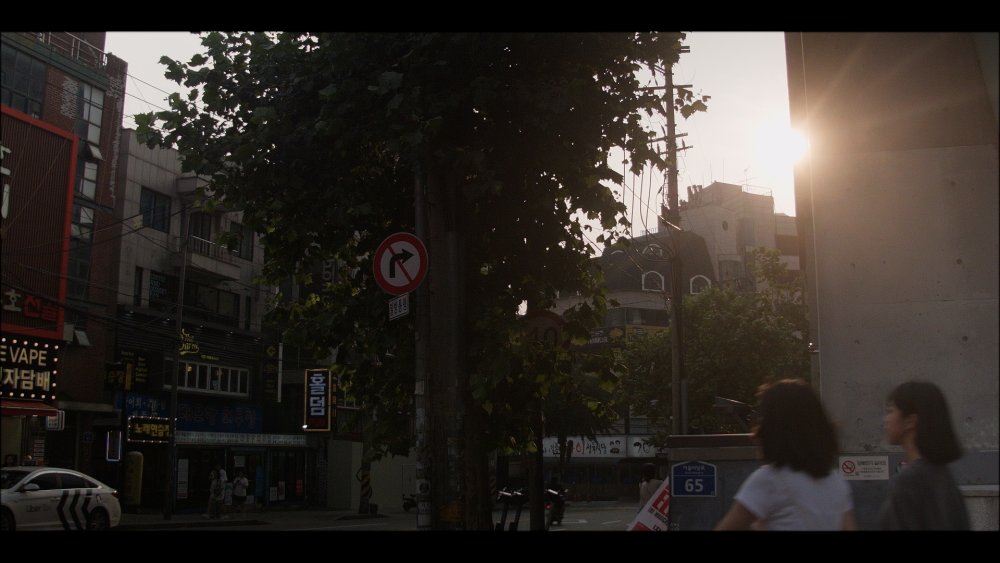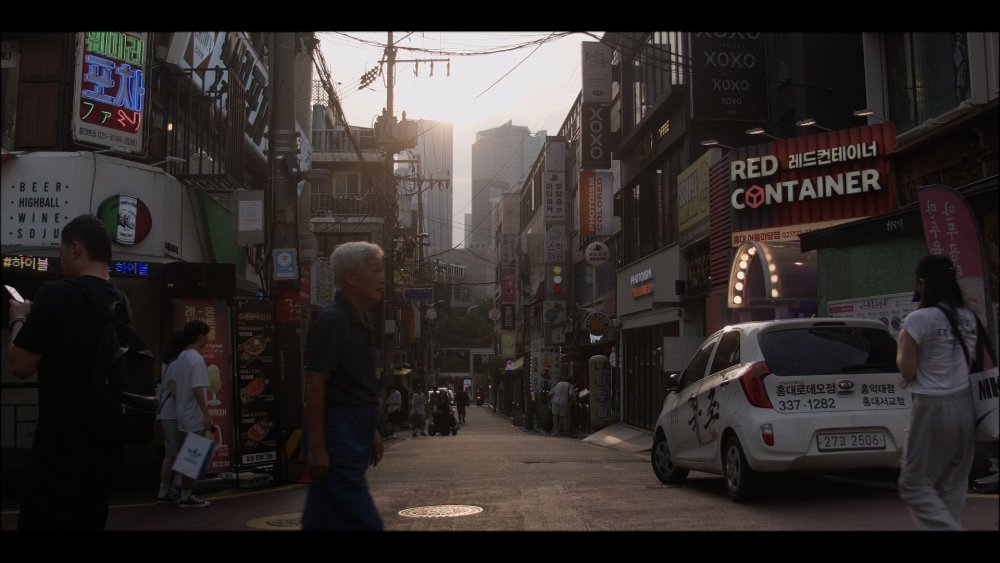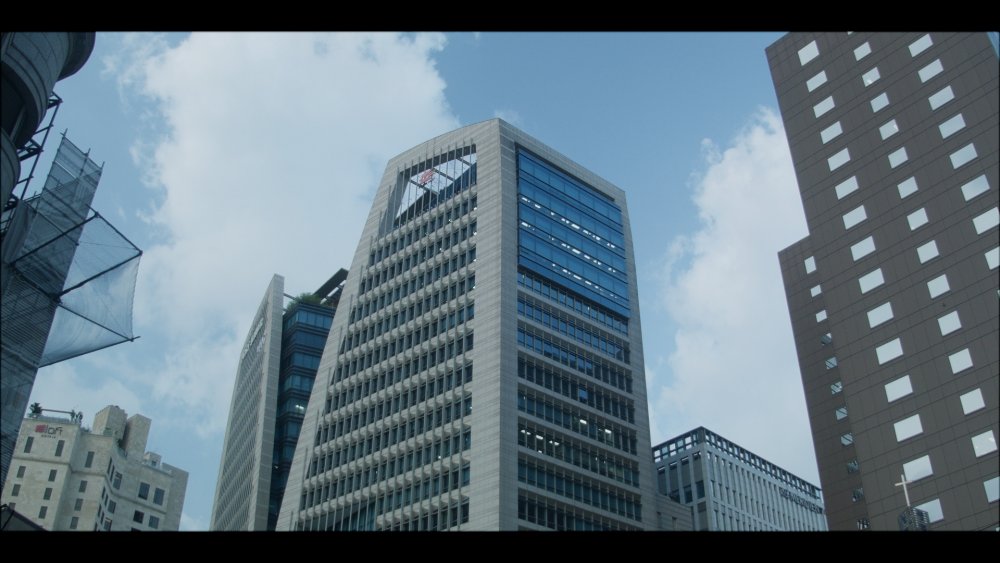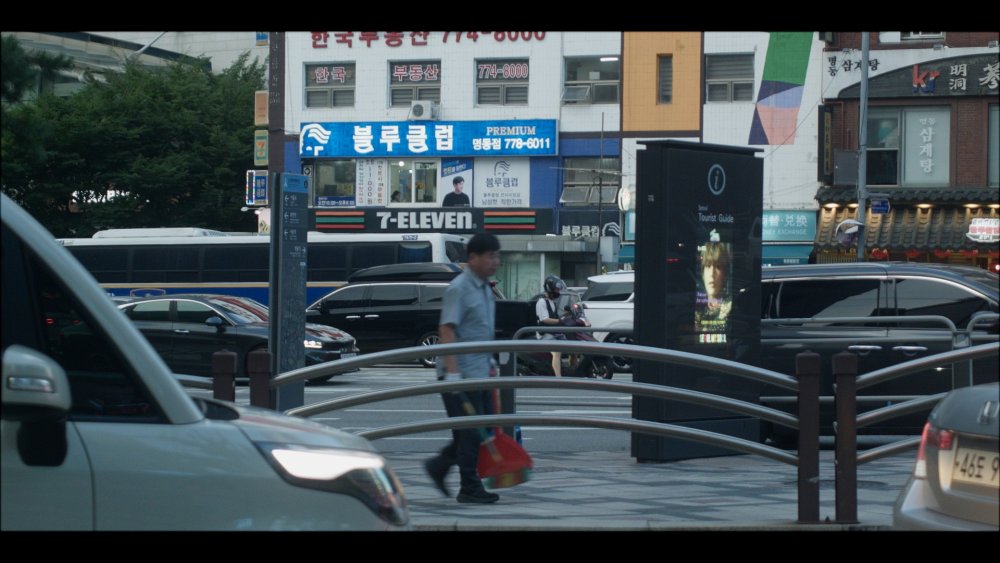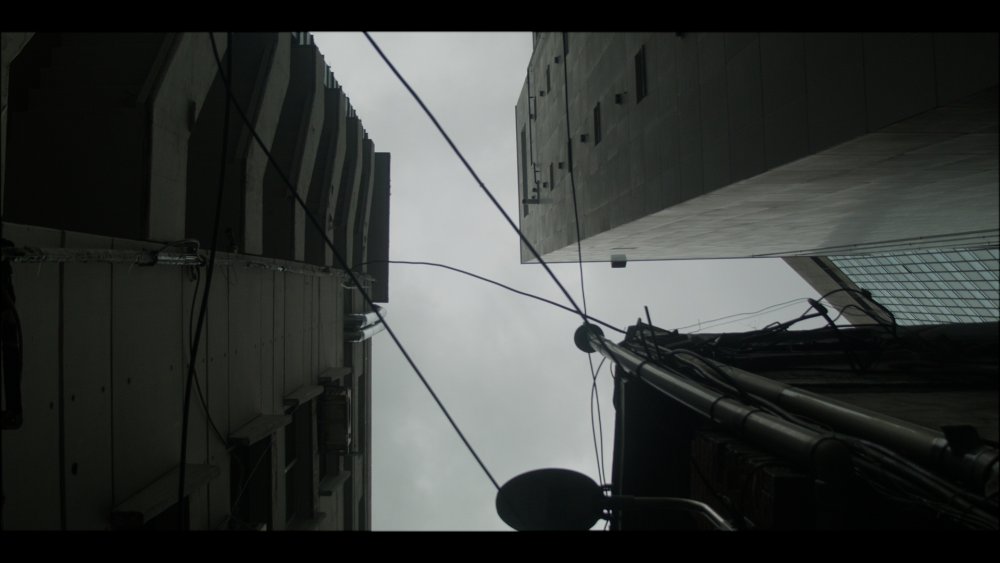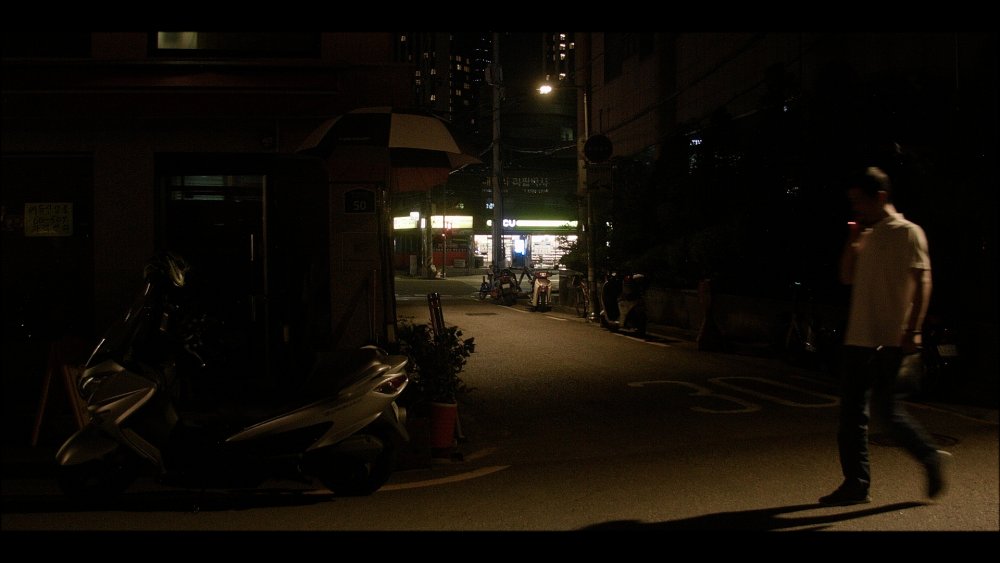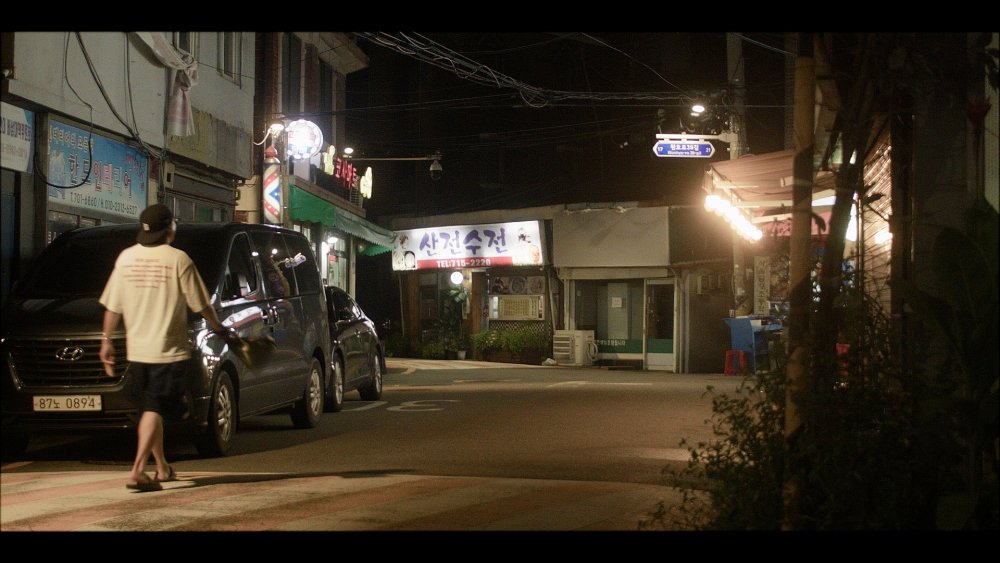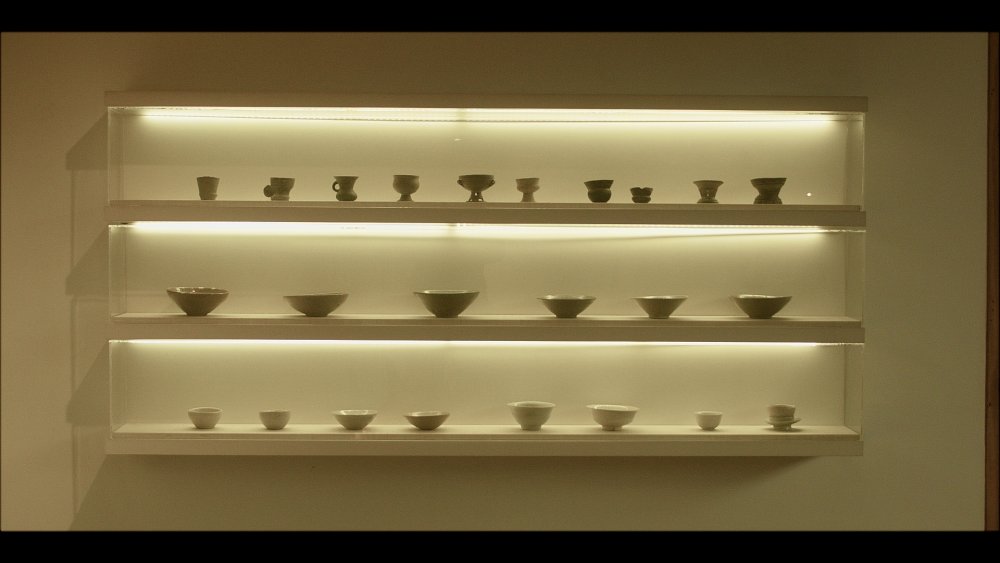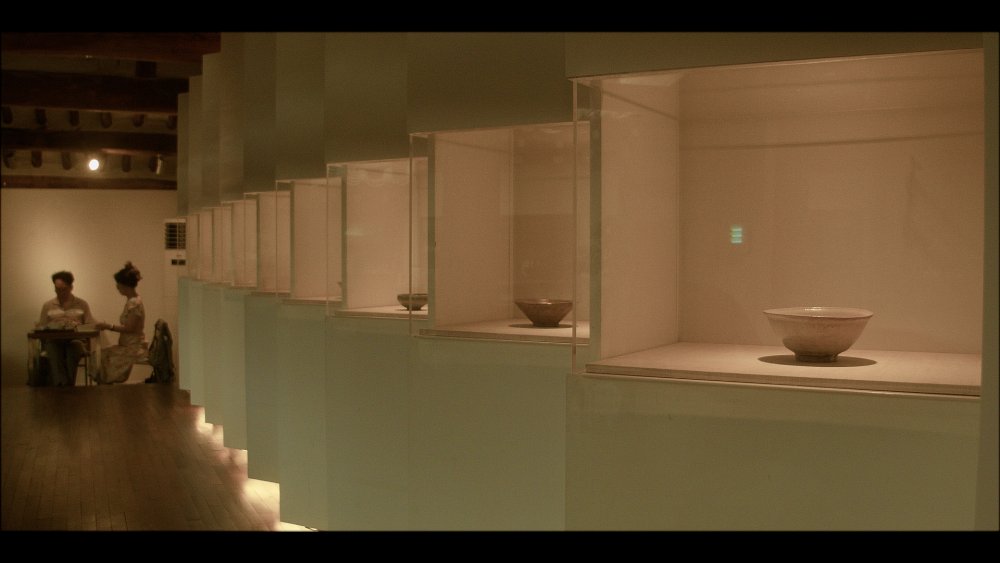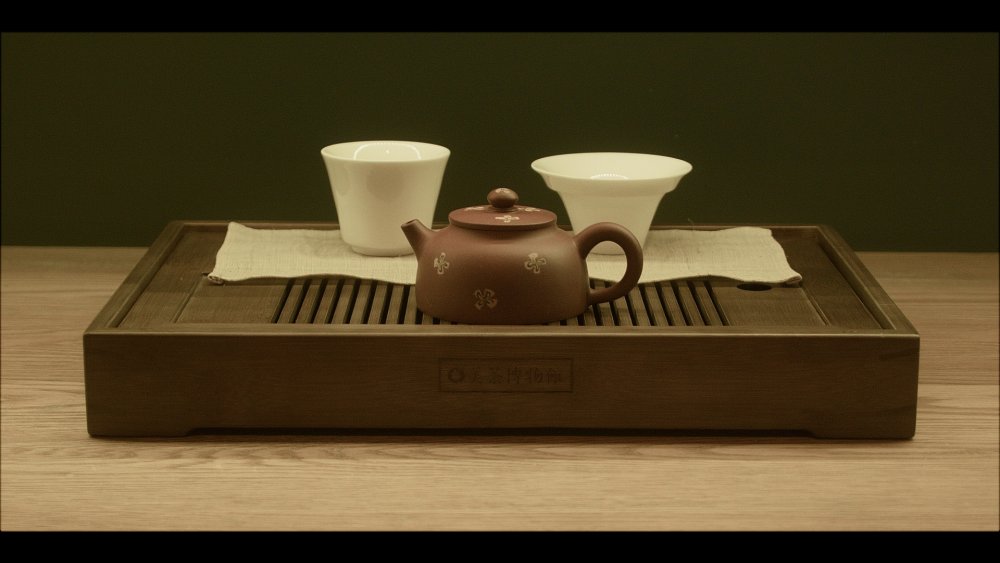Leaderboard
Popular Content
Showing content with the highest reputation on 09/01/2024 in all areas
-
2 points
-
DJI & Hasselblad - New L-Mount Camera Coming?
Ninpo33 and one other reacted to eatstoomuchjam for a topic
The Ronin 4D price dropped $400 in February because they chose to stop shipping it with internal ProRes RAW enabled. Now it's a separate add-on license for $979. I'm guessing that the old price was the "pay Apple for the PRR license" and the new cost is "pay Apple for the PRR license and pay Nikon/Red to license their patent." I'm not sure how many of the initial folks are still using it, but at least Josh Yeo really seems to like his and seems to still be using it for a whole lot of stuff. They also shot the majority of Civil War with it. I'd say that it's less of a bomb and more of a niche camera - and if DJI expected it to be anything other than that at $6800/$12000, they did a shitty job of market research and failed to pay attention to their own history. For me, the camera is interesting/tempting and at about $4k or less, it might be a buy, but I also look at it with side eye because I owned the original Osmo RAW and loved it, even with the jet engine sound made by the fan... but DJI basically fully abandoned it and the phone app to control it wasn't all that stable.2 points -
Not clickbait, despite sounding like it. I'd say that it threw a spanner in the works, but it was more like a hand-grenade. I went to South Korea on holiday, and despite having a mostly-sorted setup based on GX85, I took the BMMCC and ended up shooting almost the whole trip on it. The rig The rig consists of: OG BMMCC - the 1080p one from almost a decade ago 12-35mm F2.8 lens IR/UV cut filter cheap vND filter (tried to buy a new one there but retail shops didn't stock what I wanted) Ikan 3.5" monitor Smallrig monitor mount (tilts forwards) curly HDMI cable from amazon (really tidies the rig up) 3 x LP-E6 batteries (two are older Wasabi ones and one was genuine a Canon one I bought there) Peak Design arca-swiss (mounted on the bottom) random wrist strap (looped through the arca-swiss plate Sandisk 128Gb SD card This ended up being a killer setup. A few highlights of the rigs performance are... Professional equipment The BMMCC is a cinema camera with fans and designed to shoot in harsh environments. The 12-35 is a professional lens. No BS overheating snowflake influencer crap here. This gave me confidence to use it in (light) rain, heavy humidity and serious sweatiness, and basically to not baby it. Fixed aperture zoom lens When setting up for a shot the vND setting from the last shot is probably in the ballpark for this current shot, even when going straight from a one end of the zoom range to the other. Flexible zoom range The zoom range was from 30mm to about 100mm. Sometimes it wasn't quite as wide as I'd have liked, but it suited the environment as Seoul, with a population of around 10M people, is one of the worlds megacities and is seriously compact, so most compositions would simply contain too much stuff if they had a wider FOV. You always miss shots when travelling, but I felt like I didn't miss that many. OIS on a cinema camera, even at the wide end Not a lot of OIS options for 12mm lenses outside of zoom lenses. Light weight This is a full cinema camera rig with 12 items, and yet weighs about 850g / 1.9lb. My GH5 weighs 750g / 1.65lb with battery and SD card, BUT NO LENS. Dynamic range No choosing between the sky or shadows. When shooting uncontrolled situations like this you often see things in post that you didn't see while you were shooting, so the flexibility is super-useful. Ok, so that's all lovely and all, but what was so transformative about it? These are things you could probably work out from the specs... Grenade #1: Shooting slowly is (mostly) shooting honestly. It's a cinema camera, so it's slow as f to shoot with. Yes, I know that practice makes you faster, but my phone will expose and focus in the blink of an eye, so comparatively it's far slower. So, you see a composition and you stand in the right place. Then you adjust the monitor angle if not shooting from the hip (as I prefer). Then you adjust the ND to expose. Then you adjust the zoom for the composition. Then you adjust the focus. With this kind of setup you have to rely on peaking, so you adjust it back and forth to see how much peaking is the maximum, then zero in on that. Then you hit record. This means several things: You are immediately obvious when you stop and start fiddling with a camera in public. There's no hiding. People aren't stupid, especially these days. You cannot be this obvious without getting comfortable with it. If you don't learn to be comfortable then you'll mentally implode before getting any shots, forcing you to relax and just play that role. By the time that you actually hit record, most of the people who were staring at you will have gotten bored and gone back to what they were doing. They don't know you hit record, so the shot will contain people who aren't suddenly paying attention to you. This was a revelation for me because it forces a different way of shooting. When you have a fast camera, you can act like a street photographer. You watch the people, you see something about to happen, you quickly point the camera, and capture THE DECISIVE MOMENT. This means you are shooting specific people doing specific things. Good freaking luck doing that with a fully-manual cine camera. When you have a slow camera, you probably can't anticipate moments far enough in advance to be ready in time, so you think differently. You find a composition and shoot it, and anonymous people drift in and out of frame in ways you didn't specifically anticipate. Sure, you can frame up a background and then wait for people to walk through it, and you could even see someone interesting a few hundred meters away and be ready when they walk past, but it's still a good distance from seeing something 2s before it happens and grabbing it. This has a massive caveat though. It's not a good way to shoot people you know, unless you're directing them or they're basically stationary. The way I've come to understand the difference between cinema cameras and video cameras is that video cameras are designed to capture the world as it happens, and cinema cameras expect the world to bend around them. There's lots of overlap now with that line blurring, but the concept is still a useful one, and the cameras with the best image quality still tend to be very self-centred. Grendade #2: Fixed WB is awesome. I used to shoot auto-WB because I used to think that you wanted 'correct' WB. This mostly works, but leaves you with tiny WB 'errors' that change during the shot. I used to think that the alternative was a fixed WB that would either be correct (if you took a manual grey-card reading at every location or whenever the lighting changed) or you'd use a fixed WB and then have to change it in post. This is probably still true if you're doing something where the WB has to be 'correct', but the only situations I can think of where this would apply is for professional work. I shot the whole trip on 5600K. So, why wasn't this a 'problem' creating shots with 'wrong' WB? Well, shots with warm light sources look warm: Shots with cool light sources (like a blue sky) look cool: Shots taken on a 'grey old day' look grey: ... and light sources that aren't on the warm/cool line will show as being coloured but don't look wrong - they just sort of look like that's what they looked like: and sometimes can even look beautiful: More to come, too many images to attach!1 point
-
Their image as a brand or the quality of the images they produce? If the former, yes, I think of DJI as being THE drone company. Hasselblad though, I see as the epitome of stills photography cameras. Outside of large format brands no one has ever heard of. But then are the great unwashed even aware of Hasselblad? Outside of photography circles, very few I suspect and the majority of cameras are sold to people who are not 'photographers' as such. If DJI can market anything with a Hassie brand association at the very least, that surely has to be in their favour though?1 point
-
DJI & Hasselblad - New L-Mount Camera Coming?
IronFilm reacted to KnightsFan for a topic
I started researching the 4D camera a little closer and I have to say it rally hits a lot of the points I want in a camera. I can't see how they are possibly breaking even on this stuff, but I really hope they continue to make more of those. I'd have to assume that if they enter the hybrid market, their angle will be these cool accessories, like wireless video and Lidar autofocus. Because the one thing they don't really have is a great image. I mean there's nothing wrong with their image, there's just nothing special about it.1 point -
I can’t see Hasselblad themselves using the L Mount. Adapted maybe, but they just live in another plane of existence so whilst any new DJI camera might use some Hasselblad tech, I would suspect that Hassie would not want their brand ‘dumbing down’ and having any DJI product branded as HASSELBLAD. Or maybe under new ownership they would just as Leica have done previously with Panasonic? But that one seems to only have happened with the low end compact stuff and the I think actually semi-officially announced last year, new Leica/Lumix camera never appeared. I don’t know but DJI has some momentum and seem to be one of the more innovative camera companies and Hassie arguably have an even higher status than Leica, so there is potentially a lot of ammunition there…??1 point
-
@kye You should dedicate yourself to professional filmmaking, you're a way ahead of lots of them, really :- )1 point
-
I took a cinema camera on holiday, and it changed everything
Katrikura reacted to Clark Nikolai for a topic
These are really good. I especially like the ones of the streets at night. The light is where the subject is so it's okay if the rest is too dark to see. I know what you mean about things taking time to set up with a cinema camera. I've been working on a project for over a year now that's mostly tripod shots of things in the city. People do ignore you after awhile. Some come over to chat about cameras. Very few take issue with it. I guess I look like some photography hobbyist out getting shots. In a tourist and film school town like Vancouver, there are so many people taking pictures and shooting their school projects that it's just more of the same. I also learned a trick to not look at what you're shooting. Set it up on a tripod, point it where you want, frame, focus and start rolling but then look away or down at your phone and check your emails or something. Then let the action happen in the frame. If someone looks over at you it looks like you're not rolling because your attention is not where the lens is pointing. I also set it at the native ISO and native colour temperature and leave it there. Mostly have a 180º shutter (but occasionally go longer for more light.) Shooting raw it is the best way to go. In post you can do pretty much anything then. Recently I've been letting interior light stay a bit warm and exterior daytime light be bluish. I think it's better than correcting things to be always white. Gives more mood and a sense of the light at the time and place.1 point -
They are definitely the juggernaut in the room, at least the L-mount room. When DJI does something it seems to usually be leagues past competitors, in the tech itself and the execution and usability; or at least they get to that point very quickly, within a product generation or two. Maybe that hamstrings them though? Many of their products have no real competitors, perhaps they would shy away from making a "normal" camera and having to compete directly. I had forgotten about their buying Hasselblad, not sure how much that would really add to an L-mount product but it's good marketing at least. Having Hasselblad and Leica in L-mount would certainly up the prestige factor. Although I wonder if Leica would object to Hasselblad joining? As they are more of a rival to Leica in the rich-boy/dentist cam space.1 point
-
S1HII Late 2024
eatstoomuchjam reacted to KnightsFan for a topic
Imo we've plateaued in what a camera can deliver, and I would prefer companies start looking at ecosystems instead of specs. There are so many ways we can creatively apply modern technology. And I'm not talking about AI or any of that crap, I just mean quality of life improvements. Look at Samyang's Cine AF lenses. I haven't used them so I don't know about their image or build quality (they are suspiciously cheap...), but the innovation of switching between normal fly-by-wire AF in a tiny form factor, and then popping a front piece on and having proper hard stops and a 300 degree throw is amazing. Imagine putting a wireless receiver in a front piece for a follow focus without a gear or rails or rigging. There's no reason that approach can't be used for expensive, high quality lenses. There's also no reason that can't be done completely in body either by companies that create both bodies and lenses. Panasonic has my respect for putting 32 bit into an XLR adapter for sure. They should make one that also has a wireless receiver and digital transmission of that recording from an XLR or lav module. Synced, clipless, wireless audio directly in the video file would be amazing. Obviously everyone talks about NDs. I don' think there's room in a FF hybrid to fit an ND module with a clear option. One thing that was an eye opener when I owned a Z Cam was how good their app was and how much I relied on it. Wireless low latency monitoring and control with no extra boxes or batteries. It's sort of unbelievable that they are the only camera company that nailed their app. None of those suggestions are all that difficult. None require any technological innovation. But I would personally find those much more useful than incremental AF or dynamic range improvements past the excellent offerings we already have.1 point -
this is a human face close up shot. 4k and above do not have much advantage over 1080p here. If it is for green screen, not only 4k is important, raw or 4444 are important too. few cameras can do green screen well, at least 10 bit sr444 or prores444, better to have 12 bit raw. 8k or 12k 10 bit 422 or 8 bit 420 cams are good for landscape wide angle shots.1 point
-
Canon R5 Mark II - Firmware Problems
eatstoomuchjam reacted to herein2020 for a topic
The Canon R5 Mark II FW 1.0.0 definitely has bugs. It keeps not saving my settings. I know, this is the early adopter penalty, and typically I wait at least 6 months and a few FW updates before buying a camera body, but I have so many jobs coming up that I decided to buy it now. Not quite regretting it yet, still setting it up, but very annoying that the settings keep reverting back to something other than what I set. On my first test photoshoot it saved JPG and RAW although I told it RAW only, it also keeps reversing my VF and screen settings back to their defaults. The worst is when it changes your video resolution or LOG profile. I now have to closely check everything on the screen every time I turn the camera off and back on....very annoying. The video below discusses it in more depth. As a temporary workaround, I got everything set up in the camera the way I want it then exported the settings to the memory card, if it goes haywire and loses all of my settings then I can hopefully restore them from the memory card.0 points -

Anandtech closure
ntblowz reacted to Andrew Reid for a topic
https://www.anandtech.com/show/21542/end-of-the-road-an-anandtech-farewell Very sad to see the news of Anandtech stopping. Canary in the coal mine or what? If this can happen to a PC / tech website which is part of a thriving market compared to DPReview, then it can happen to ALL quality journalism on the world wide web. Anandtech is owned by Future PLC, they are the British company behind some of the earliest mainstream tech journalism in the UK such as the PC and Atari magazines on shelves in the 80s and 90s. In a nut shell smartphones are killing long form written content completely and the internet is going away as we know it. It is turning into cable TV or sensationalised clickbait tabloid news. Just look at the camera rumors sites and YouTube. A big shame if you ask me and it would be great to know what to do to preserve the written word, written journalism and written knowledge outside of just books, if the internet is no longer the right medium for it. Time for an internet 1.0... That can only be accessed via a desktop or laptop? The problem with phones is that you just don't have the large enough screen space to do anything useful, content wise. It lends itself only to scrolling and short captions, or photos and video.0 points




